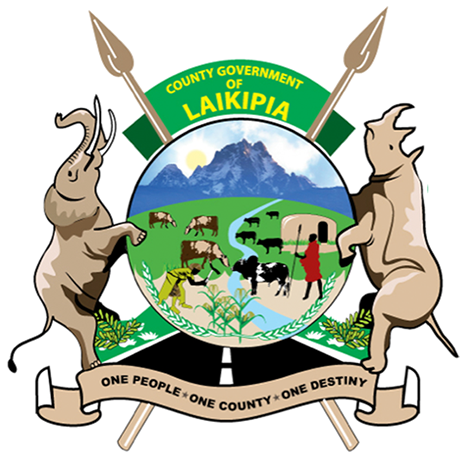Laikipia County Government Rebates Programme
Many governments throughout the world are prioritizing energy efficiency as a policy goal. It is largely acknowledged as the most cost-effective and readily available means of addressing a variety of energy-related issues, such as energy security, the social and economic effects of high energy prices, and climate change concerns. Energy efficiency boosts competitiveness and improves customer welfare.
Kenya's manufacturing sector accounts for about 10 percent of the country's GDP and is the country's third-largest energy end consumer. The total installed capacity is 2,370MW with manufacturing consuming over 60 percent of the energy.
The Kenyan government has implemented the Time of Use Tariff (TOU) and the Electricity Cost Rebate Program to lower energy and production costs.
Kenya has a substantial amount of idle capacity at night, given that peak demand is currently 1,762MW and off-peak demand is 850MW. Time of Use Tariff(TOU) allows manufacturers to get a 50 percent discount on electricity during off-peak (between 10 pm and 6 am). However, the TOU tariff is based on a threshold that facilities must achieve beyond which they stand to benefit from the tariff.
The Electricity Rebate Program, on the other hand, was created to help manufacturing enterprises save their electricity costs by reducing taxation on a percentage of their electricity bills. This was accomplished through a modification to Section 15 of the Income Tax Act in 2018, which specifies that manufacturers will not be taxed on 30 percent of their electricity expenditures.
The County Government has set aside funds to help manufacturers in Laikipia reduces their energy expenses to increase their production capacity. manufacturers will receive a 30 percent refund on their monthly energy bills, up to Ksh. 100,000 and a 50 percent refund on annual bills with a cap of 50,000 under the new program.
In addition, the county will cover 30 percent of the fees of permits and licenses that local producers incur while distributing to neighboring counties. Around 18 manufacturing fields are expected to benefit from the program.
These include textile, apparel, food, beverages, tobacco, leather, wood, chemicals, pharmaceuticals, botanical products, rubber, and plastic manufacturers, as well as companies that make non-metallic products, electronic, electrical equipment, and machinery for motor vehicles, furniture, mining, and quarrying.
Energy efficiency and conservation measures aim to foster the use of less energy to produce goods and services without compromising quality and quantity. Kenya can further enhance ongoing efforts to improve energy efficiency through longer-term sustainable measures.
